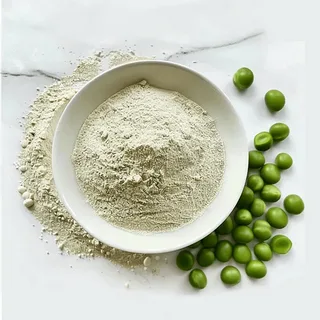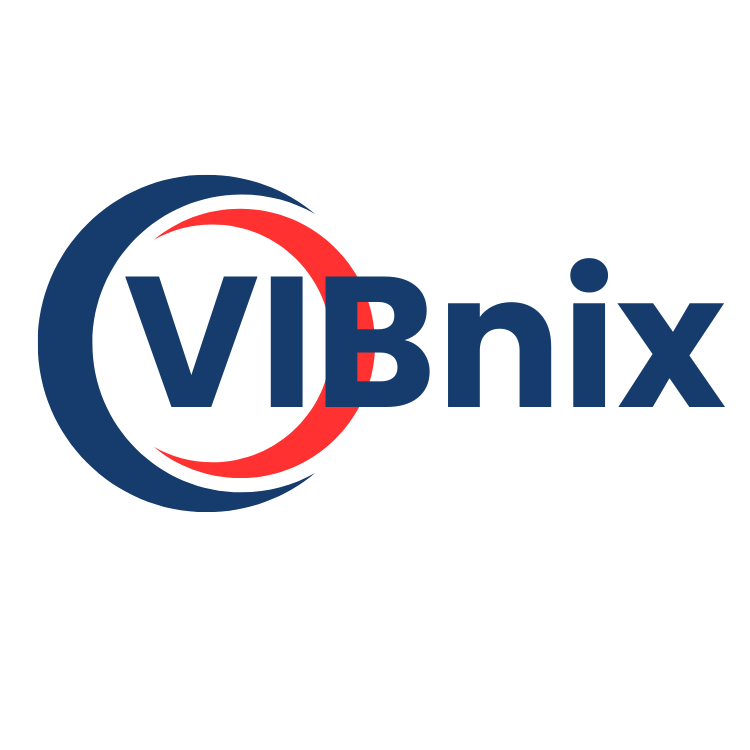Pea Fiber Market Analysis, Innovations, and Consumer Preferences Influencing Product Demand Worldwide

The pea fiber market is being strongly influenced by innovations in processing, formulation, and supply chain, coupled with evolving consumer preferences around health, sustainability, and clean-label ingredients. As more people globally prioritize natural ingredients, digestive wellness, and environmentally responsible food choices, pea fiber is emerging as a preferred dietary fiber source. This article analyzes the innovation landscape, global consumer preferences, and the resulting impact on product demand.
Consumer Preferences Driving Demand
1. Health & Functional Benefits
Consumers increasingly look for foods that do more than just satisfy hunger—they want nutrition, digestive support, blood sugar management, cholesterol control, and satiety benefits. Pea fiber aligns well with these demands: it's high in fiber, generally low in calories, helps promote fullness, and supports digestive regularity. As awareness of gut health and metabolic wellness grows, products fortified with pea fiber are gaining appeal.
2. Clean Label & Natural Ingredients
There’s growing consumer scrutiny regarding ingredient lists. Shoppers want short, recognizable, non‑synthetic ingredients, preferably with transparent sourcing. Pea fiber, being plant‑based and minimally processed (especially when extracted via dry fractionation or other lower-impact methods), appeals to those seeking clean-label credentials. Ingredients that avoid allergens like gluten, artificial additives, and excessive processing are in demand.
3. Sustainability & Ethical Production
Environmental awareness, including concerns over carbon footprint, water use, and agricultural practices, heavily influence purchasing behavior. Peas have advantages: they often fix nitrogen, may require fewer external inputs, and the fiber can be derived from pea hulls or by‑products, contributing to resource efficiency. Consumers appreciate brands that communicate sustainable sourcing, traceability of raw materials, and eco-friendly manufacturing.
4. Plant-based, Vegan & Flexitarian Trends
The shift toward plant-based diets isn’t limited to full veganism; many consumers are flexitarians, reducing animal‑based foods. Pea fiber fits nicely into bakery items, meat alternatives, dairy substitutes, snacks and bars that are plant-forward. As more food launches emphasize plant origin and protein/fiber enrichment, pea fiber’s demand increases.
5. Sensory and Texture Expectations
While nutritional value and clean labeling are important, taste, texture, and mouthfeel remain crucial. One challenge for high-fiber ingredients is avoiding gritty texture, unpleasant flavor, or dryness. Innovations that allow finer particles, better water binding, smooth dispersibility, or enhancement of texture (especially in gluten‑free or plant‑based alternatives) are highly valued. Consumers won’t compromise experience even for health benefits.
Innovations & Industry Developments
Advanced Processing Technologies
Processing innovations are enabling improved functional properties of pea fiber. Dry fractionation, air classification, enzymatic treatments are among the technologies helping produce fiber with lower off‑flavors, better color, finer particle size, or solubility. These techniques allow manufacturers to tailor pea fiber to specific applications—smooth in beverages, structural in bakery, binding in meat alternatives.
Product Diversification & Specialty Grades
Producers are offering different grades: soluble vs insoluble fiber, organic vs conventional, fine vs coarse particle size, mixes/blends with other fibers. This allows product developers to match fiber type to the intended purpose—e.g., soluble fiber valued in beverages, nutritional bars and some supplements; insoluble fiber in baked goods or high-structure applications.
New Application Spaces
Beyond traditional uses in bakery and snacks, pea fiber is being explored in dietary supplements, pet foods, animal feed, functional beverages, plant-based meat analogues. Also, weight management products that rely on fiber for satiety are growing in interest. Cosmetic and non‑food uses may also emerge where functional stability or texture enhancement is needed.
Traceability, Organic Certification & Sustainability Claims
Brands are increasingly differentiating on sourcing. Organic, non-GMO, sustainable farming practices, and transparent supply chains are being used not just for regulatory compliance but as marketing tools. Certifications are valued in premium markets. Also, use of by-products (such as pea hulls) helps in reducing waste and appeals to eco-conscious consumers.
Data & Personalization in Product Development
Consumer data—around health concerns, dietary restrictions, preferences—is being used to design products with tailored fiber content, formats, and delivery systems. For example, snacks optimized for gut‑friendly fiber, beverages with dissolvable pea fiber, or products with specific texture profiles based on consumer testing.
Regional Variations & Global Demand Patterns
-
North America & Europe tend to lead in per‑capita consumption of fiber, higher demand for organic/specialty grades, and more mature regulatory environments supporting clean-label claims. These regions are often the centers of innovation and adoption.
-
Asia‑Pacific is showing growing demand as urbanization, rising incomes, and health awareness increase. Consumers in countries like China and India are increasingly open to functional foods and fiber-enriched products, though price sensitivity is higher.
-
Latin America, Middle East & Africa are smaller markets currently, but demand is gradually rising as distribution improves, consumer awareness of health benefits spreads, and trends from developed markets influence preferences.
Implications for Product Development & Market Strategy
-
Firms need to invest in processing technologies that reduce flavor, improve texture, allow fine particle size, and ensure clean-label extraction.
-
Product formulations should balance functionality and sensory appeal—fiber content must not overly compromise texture or flavor. Blends with other ingredients may help.
-
Sustainability and certification can drive premium pricing. Brands should ensure transparent sourcing, organic credentials, and lower environmental footprints.
-
Marketing that emphasizes health benefits—digestive wellness, satiety, clean label—along with taste and experience will resonate better.
-
Regional customization matters: products adapted to local diets, price sensitivity, and regulatory norms will see better adoption.
In conclusion, the demand for pea fiber globally is being shaped by a confluence of consumer preferences—health, sustainability, clean label—and by innovations that improve usability, functionality, and sensory experience. The pea fiber market stands to grow substantially as these forces align. Businesses that can innovate wisely, maintain quality, and communicate value to consumers are best positioned to capitalize on this expanding opportunity.
- Vibnix Blog
- Politics
- News
- Liberia News
- Entertainment
- Technology
- Education
- Art
- Causes
- Crafts
- Dance
- Drinks
- Film
- Fitness
- Food
- Games
- Gardening
- Health
- Home
- Literature
- Music
- Networking
- Other
- Party
- Religion
- Shopping
- Sports
- Theater
- Wellness



